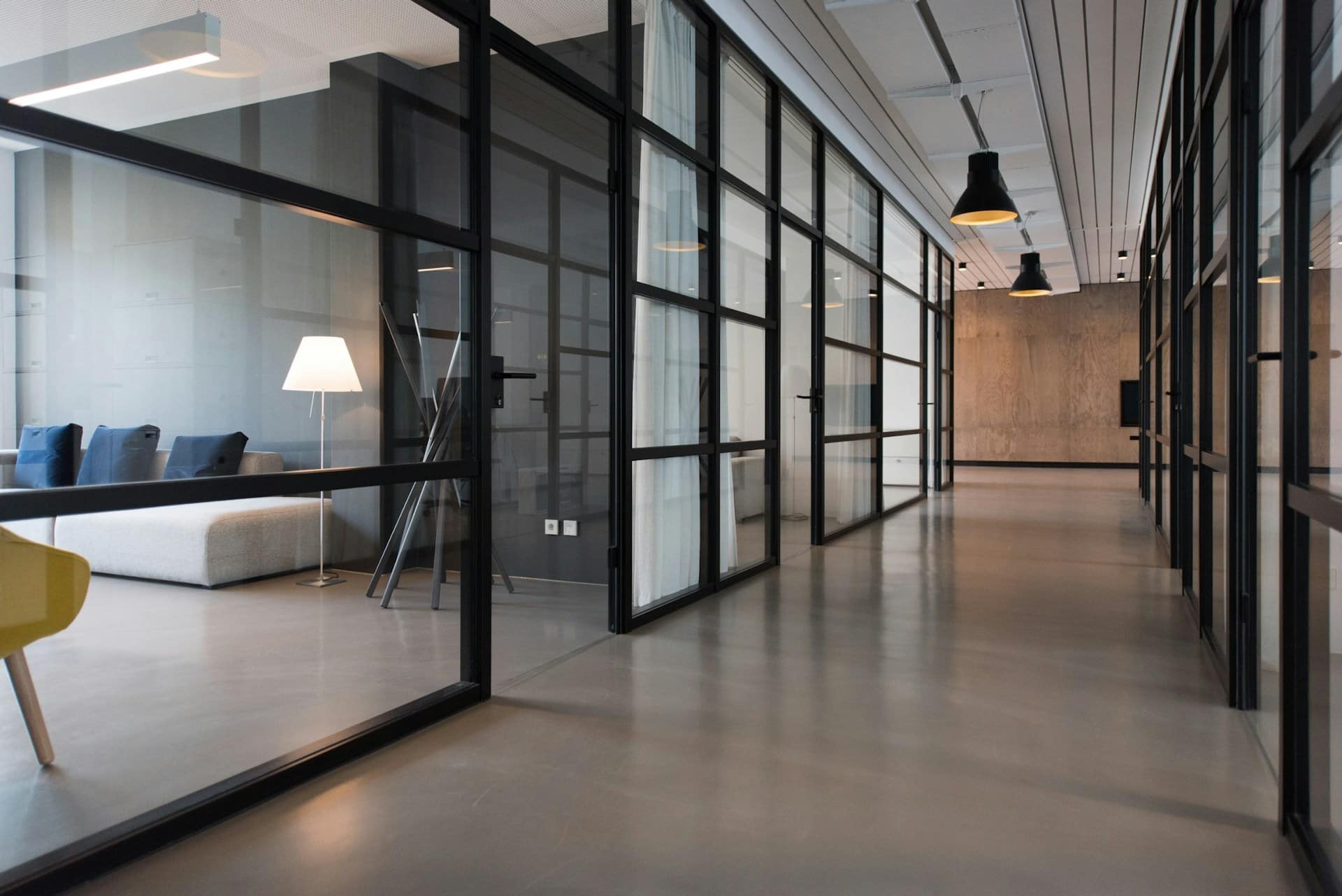How to incorporate biophilic design elements in office spaces to enhance employee well-being?

Today’s office environments are often characterized by artificial light, synthetic materials, and a noticeable lack of greenery. The relentless exposure to such an impersonal atmosphere can have a detrimental impact on the well-being and productivity of employees. A way to combat this is by incorporating biophilic designs in the office space. This term, coined by the American biologist E.O Wilson, describes a design approach that integrates direct and indirect elements of nature into the built environment. The goal is to create a healthier, more productive workplace which reduces stress while increasing the air quality and natural light. Let’s dive into the ways you can incorporate such elements into your office space.
Understanding Biophilic Design
Biophilic design is a concept within building architecture that seeks to connect building occupants more closely to nature. Biophilic designed buildings incorporate things like natural lighting and ventilation, natural landscape features and other elements for creating a more productive and healthy built environment for people.
Also to see : What role does fiber optic connectivity play in property valuation in the UK?
The basis for biophilic design is to create a sense of connection between nature and living spaces, which has been shown to improve people’s well-being and happiness. Research has emphasized the impact of incorporating natural elements in the workplace. Specifically, studies have highlighted that workplaces that incorporate natural elements such as plants, light, and other elements report a 15% higher level of well-being, a 6% increase in productivity, and a 15% increase in creativity from their employees.
Enhancing Light and Space
One major aspect of biophilic design focuses on light and space. Natural light has a significant impact on mood, productivity and overall health. Incorporating windows, skylights and open spaces allow for more natural light to filter through the office, reducing the need for artificial light. This not only saves energy but also creates a more comfortable environment for employees.
Also to see : What strategies can maximize occupancy rates in vacation rental properties post-pandemic?
The layout of the office can also impact employees’ connection with nature. Open floor plans that allow for views of the outdoors can increase the feeling of space, while incorporating elements such as wood and stone can bring a sense of nature inside. Even something as simple as using natural colors in the decor can have a positive impact.
Bringing the Outdoors In
Bringing elements of the outdoors into the office space is another major aspect of biophilic design. This can be achieved through the use of indoor plants, which not only improve air quality but also reduce stress and boost mood. Green walls, or living walls, are another way to incorporate nature into the office. These walls are covered with plants and provide not only a natural element but also a unique design feature.
Another way to bring the outdoors in is through the use of natural materials in the office decor. Using furniture made from natural materials such as wood, stone, or even reclaimed materials can create a more natural environment. Similarly, incorporating natural textures such as wool rugs or cotton drapes can add to the feeling of being connected to nature.
Enhancing Air Quality
When designing an office space with biophilic elements, it’s crucial to consider the air quality. Indoor air pollution is often several times higher than outdoor levels due to inadequate ventilation and off-gassing from synthetic materials. Incorporating plants into your office space can help to improve air quality, as certain species are known to remove toxins from the air.
Beyond plants, consider the materials used in your office design. Opt for low VOC paints, natural fiber rugs, and furniture made from solid wood or metal to reduce the amount of off-gassing. Incorporating natural ventilation systems can also improve air quality by allowing fresh air to circulate throughout the office.
Encouraging Interaction with Nature
Finally, biophilic design encourages interaction with nature, even in an indoor environment. This can be achieved by providing outdoor spaces for employees to use, such as terraces or gardens. Even if outdoor spaces are not feasible, providing views of nature through windows or artwork can help to promote a connection.
Creating a variety of spaces within the office can also promote interaction with the environment. Quiet zones filled with plants can provide a calming space for employees to relax or focus, while collaborative spaces with views of the outdoors can encourage creativity and teamwork.
Biophilic design is not just about aesthetics, it’s about creating an environment that promotes the well-being and productivity of employees. By incorporating natural elements into your office space, you’re not only creating a beautiful workplace, but also a healthier, happier one.
Biophilic Office as a Reflective Space
A biophilic office can become a reflective and meditative space through the strategic use of water elements and tranquil aspects of nature. The soothing sounds of trickling water from a small indoor fountain or aquarium can create a calming ambiance, reducing stress and promoting relaxation. Studies have shown that the sound of water can enhance concentration and boost mood, making it an advantageous addition to a workspace.
Similarly, the visual aesthetics of water elements can have a positive impact on employees’ mental health, creating a serene environment that encourages mindfulness. Incorporating mini-zen gardens, sand trays, or other nature-inspired elements can offer employees a tactile connection to nature and an outlet for stress relief.
Artwork and decor that depict nature scenes can further reinforce the connection to the natural world. A painting of a lush forest or a photograph of a serene ocean view can serve as a visual reminder of the beauty and tranquility of nature.
Furthermore, a biophilic design can employ the use of natural materials not only in furniture but also in architectural elements such as wall panels, flooring, and dividers. Bamboo, cork, or reclaimed wood can provide a warm, organic feel to the workspace, promoting a sense of well-being and comfort.
The Benefits of a Biophilic Workplace Design
The benefits of a biophilic workplace design are numerous and compelling. By creating a work environment that prioritizes the well-being of its employees, businesses can enjoy increased productivity, reduced absenteeism, improved creativity, and enhanced overall job satisfaction.
Investing in a nature-inspired design for the office can also result in significant energy savings. The use of natural light reduces the reliance on artificial lighting, and plants can help regulate indoor temperature, lowering the need for air conditioning or heating.
Moreover, a biophilic office design can also contribute to a company’s image as a sustainable and environmentally conscious organization. This can serve as a powerful marketing tool, attracting clients and employees who value sustainability and health-conscious practices.
In conclusion, incorporating biophilic design elements into the office space is not just a trend, it’s a sustainable approach to workplace design that promotes the physical, mental, and emotional well-being of employees. By embracing natural light, enhancing air quality, utilizing natural materials, incorporating indoor plants, and encouraging interaction with nature, businesses can create a workspace that is not only aesthetically pleasing, but also fosters a healthier, happier, and more productive work environment. From small changes like adding a few plants or using natural materials, to larger undertakings such as incorporating living walls or designing outdoor workspaces, every step towards a more biophilic office is a step towards a better workplace.
